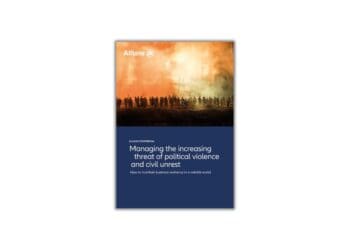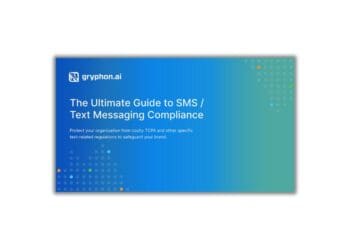Using the GROW Model to Resolve Issues
What if you were send to the “Principal’s office” every time you were involved in a disagreement at work? According to corporate culture expert Piyush Patel, that’s actually not a bad way to handle office conflict, and it could save your company a ton of money every year. This approach allows employees in conflict to come together, focus on reality, dissect the problem and walk away with a solution.
You’ll never be able to completely avoid conflict.
That’s a fact of business — people will, at some point, have a problem with each other. It happens even in the best of environments and in the happiest of marriages. It’s inevitable.
But how do you handle conflict?
If your employee promises to have a task completed by Wednesday and you still don’t have it by Friday, what do you do? Storm to their desk and demand they get it done? Berate them for being incompetent? Assume they’re lazy and stop giving them important tasks?
There are two flaws with that approach. For one, it doesn’t get to the root of the problem. Two — and this is the kicker — it only increases tension and animosity. When you shift the focus from the problem to the person, you’re attacking them personally. Now, not only is the problem unresolved, but you’ve also hurt your employee.
When faced with conflict, I find that the GROW model is a very effective tool for getting everyone on the same page and working toward a well-defined solution. It’s a simple, yet powerful framework for structuring meetings and conversations that require specific action steps.
GROW can be used for a one-on-one meeting with another employee, or it can be used to get entire teams aligned and focused.
The term GROW is an acronym that stands for:
Goal
Reality
Options
Will
Let’s take a look at the various stages of a GROW meeting:
What is the goal?
Start by writing the goal on a whiteboard so everyone can clearly see. It’s important to define the overall goal that this meeting should help produce. This will help focus the discussion and keep things from going off-track.
For example, if you’re meeting with an employee who is habitually late for meetings, the goal may be “to have all company meetings start on time.”
What is the current reality?
This is an important step. It’s more than just saying “you’re always late,” or some other reverse-statement of the goal. This is where you discuss facts and other elements that may influence the ability to reach a goal effectively.
The reality may be that the employee is often stuck in other meetings that run long. Perhaps the employee feels like nothing important is discussed during the first 10-15 minutes of company meetings, so there’s no harm in joining late. Maybe the employee gets so focused on their work that they simply lose track of time.
As you both discuss the current reality, solutions may start to emerge. That’s where we get into the next step.
What are our options?
Once you and your employee have explored the current reality, it’s time to begin discussing potential solutions. Together, brainstorm as many good ideas as possible. You’re not committing to anything at this point, just getting all of your options on the table.
You can guide things along, but encourage your employee to suggest most of the options. When someone provides a solution for themselves, there’s a stronger feeling of acceptance compared to simply being told by someone else.
This is also a good time to ask questions that can spur more discussion. What do we need to stop doing in order to reach our goal? What are the advantages or disadvantages of certain options? What obstacles or bottlenecks stand in our way?
Perhaps the employee needs to avoid scheduling back-to-back meetings in case the first one runs long. Or maybe the company meetings can be streamlined to avoid the feeling of wasted time. It’s also possible that certain meetings aren’t relevant to that employee, so maybe there’s no need for them to attend after all.
What will we do?
By examining the current reality and exploring the options, you and your employee should now have a pretty good idea of how to achieve the stated goal. The final step is to narrow down the specific options you’ll be pursuing and set expectations for completion.
The people in this meeting should each understand what they’ll be doing to help reach the goal, how long it should take and who else needs to be involved.
The GROW model has many benefits. By focusing on the reality and the solutions, you take the emotional element out of the equation. The conflict doesn’t turn into a blame-game of personal shortcomings. You look at the current reality, compare that to your intended goal and then chart a course to get from point A to point B.



 Piyush Patel, author of
Piyush Patel, author of 






